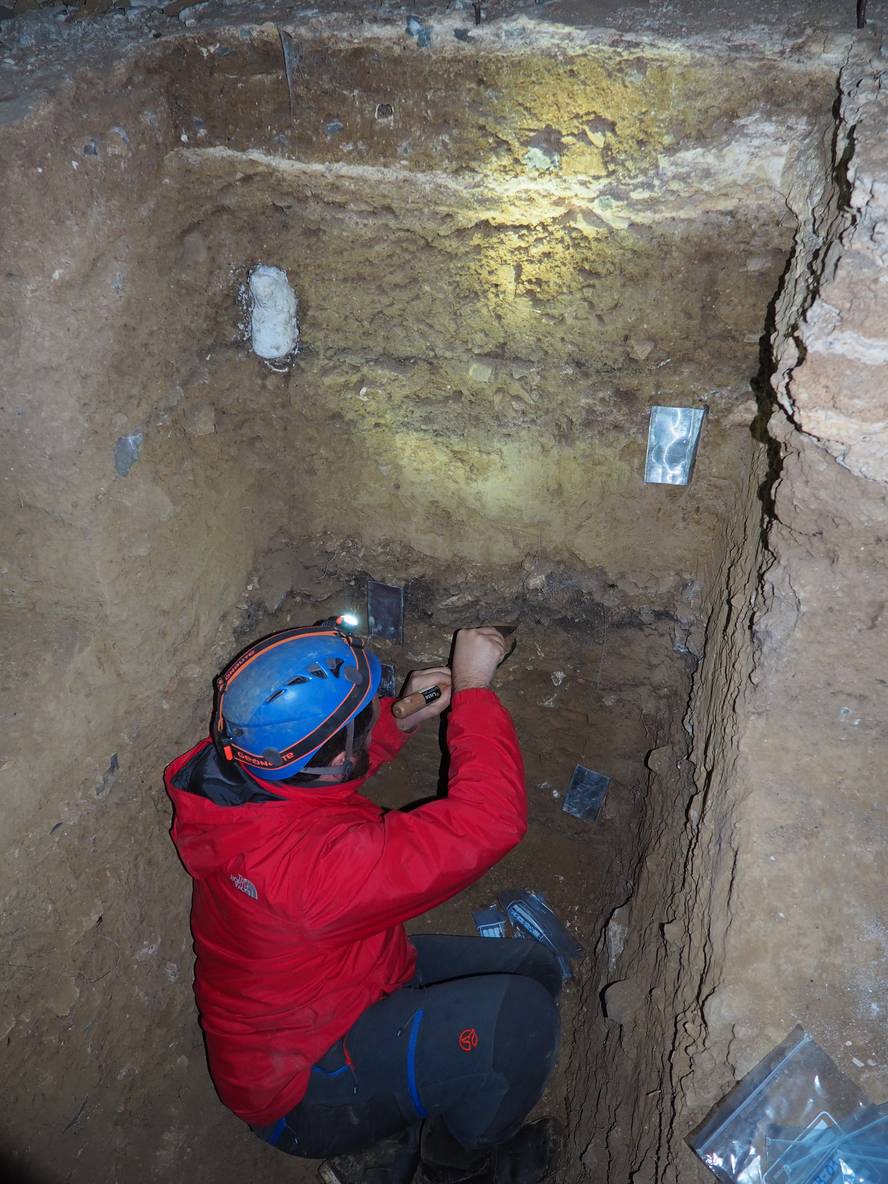They investigate the evolution of the Atxurra environment 35,000-7,000 years ago.
Based on data from Atxurra (Berriatua, Bizkaia) and the classical sites of the area, a group of researchers, led by UPV/EHU researcher Josu Aranbarri Erkiaga, has analyzed the changes that vegetation and environment have suffered in the area between 35,000 and 7,000 years ago. Aranbarri, specialized in paleolanery, has confirmed the presence of very heterogeneous plant communities over time, linked to climate change and local lithology. Human occupation in the area between the period of gravity and the Neolithic has also been studied.
It is precisely in Atxurra that the oldest human occupation of the Lea Valley is found. Specifically, the oldest vestiges have been found at the stratigraphic level VI and date back to 33,500 years (old tax period). The study has shown that the medium was dominated by conifers, mainly pines and juniors, and that the expansion of the mixed Atlantic forest was limited. It follows that the climate would be cold and dry.
During the Last Glacial Maximum, the cave of Atxurra was empty and few human remains have been found in the deposits of the area, except in the cave of Antoliña.
Later, about 19,400-18,400 years ago, pines and juniors predominated, along with herbaceous steparishes, and there were hardly any trees and meso-thermophilic shrubs. Again, the weather was dry and cold. At that time there were occupations of the medieval culture in Atxurra.
In the medieval times of Madeleine, Atxurra became empty again. On the contrary, there were occupations in Arlanpe, Santimamiñe and the cave of Antoliña.
At the end of the Pleistocene, some 15,000 years ago, species that make up the mixed Atlantic Forest proliferated. At the same time, the cultural occupations of Madeleine in the region were expanded. Archaeologists believe that then (in the Upper Magdalenian) some of the paintings of the caves of Atxurra, Lumentxa, Arminorain, Goikolau and Abittaga were made.
Moreover, they have seen that at that time, for the first time, groups were organized in the Lea Valley: the main camps, the hunting camps, the symbolic spaces… From there they have deduced that, although they were hunter-gatherers, they moved less and had a greater territorial distribution. This arrangement coincides with the expansion of the mixed Atlantic forest and the disappearance of steppe environments, as well as with increased temperatures and humidity.
Atxurra's last stratographic level emerged 700-7,000 years ago and is characterized by the regional expansion of the mixed Atlantic Forest. Archaeologists have not found the human influence of the Neolithic in this landscape. The full study has been published in the journal Palaeogeography, Palaeoclimatology, Palaeoecology and has been summarized in the publication Arkeobasque.






